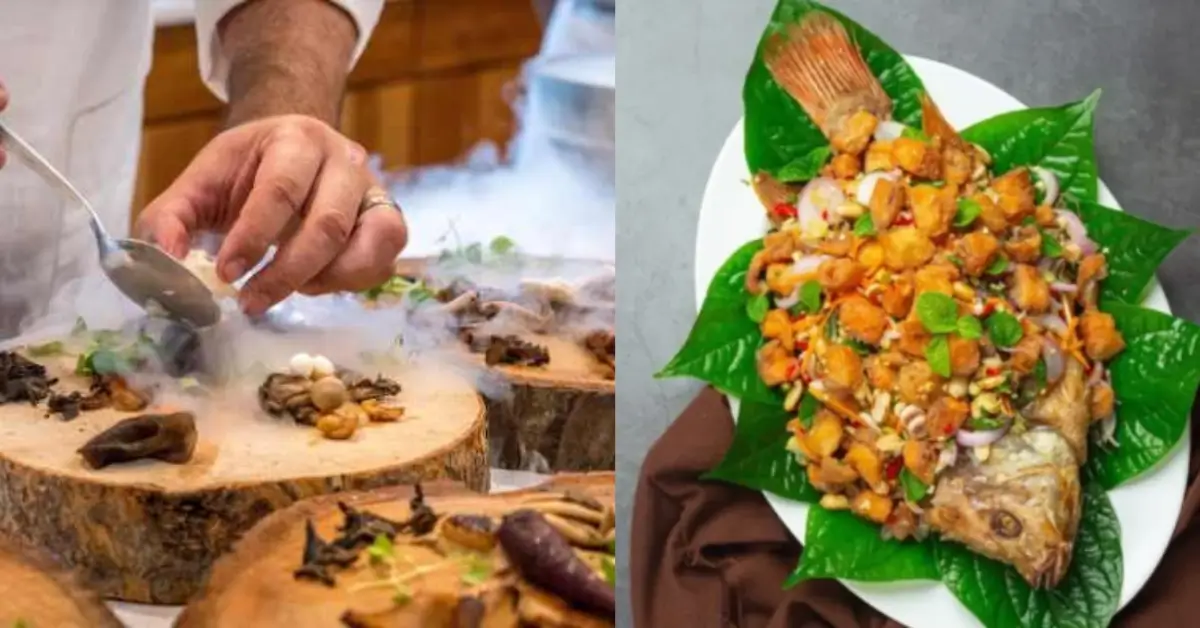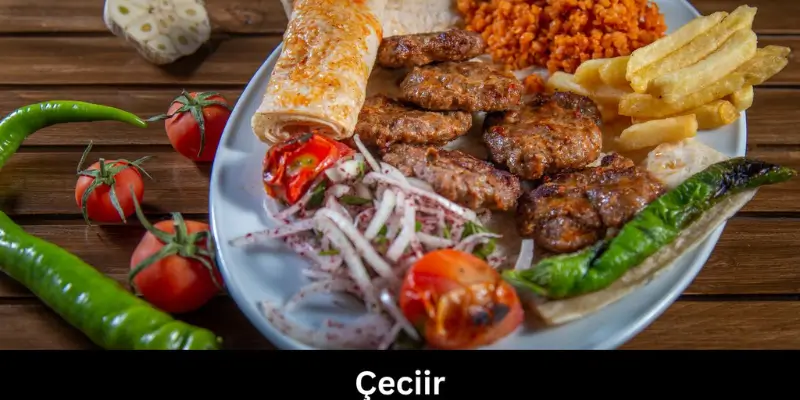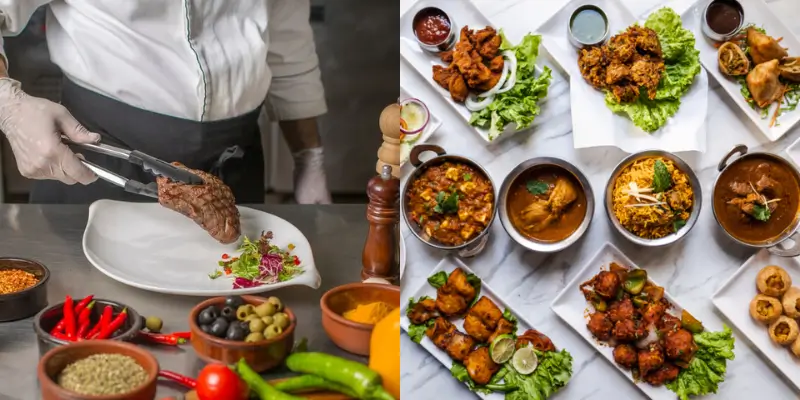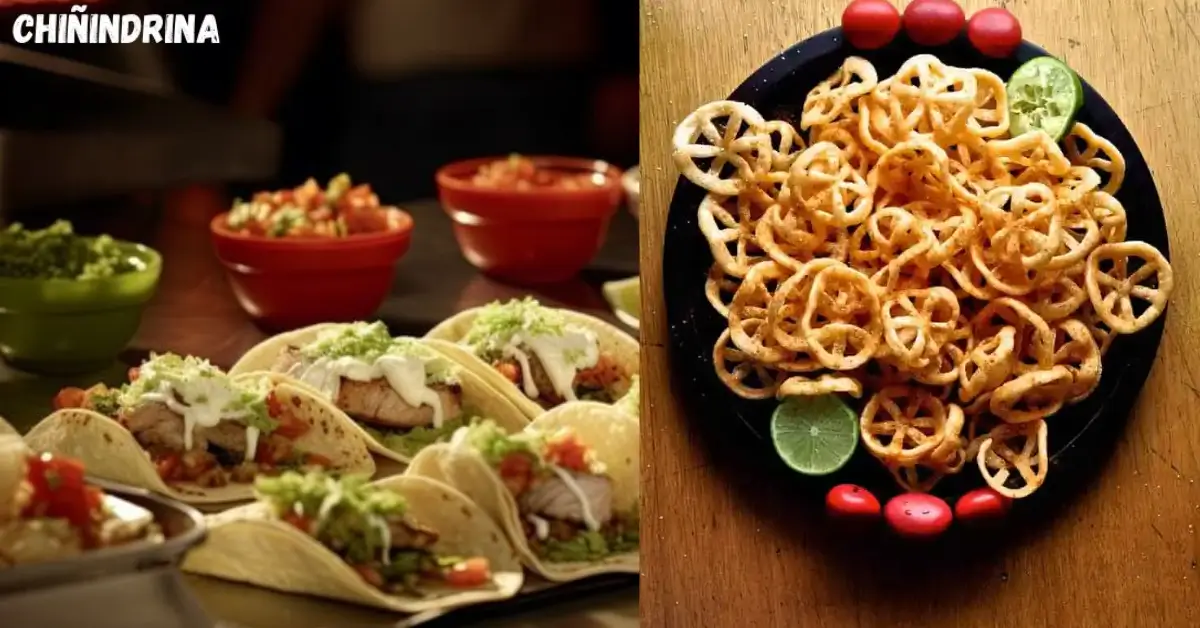Çeciir: Exploring Turkey’s Timeless Chickpea Dish with Rich Flavors

Çeciir is more than just a dish; it is a rich expression of Middle Eastern tradition and Turkish culture. Known for its deep flavors and slow-cooked perfection, çeciir embodies the essence of Middle Eastern flavors and Turkish cuisine.
From its chickpea foundation to the complex blend of spices like cumin and coriander, çeciir tells a story of community, culture, and culinary art. This article explores the roots, ingredients, preparation, and cultural significance of çeciir, celebrating its place in Turkish heritage and its rise as a beloved global dish.
What is Çeciir?
Çeciir is a traditional Turkish and Middle Eastern dish that centers around chickpeas, olive oil, garlic, and a blend of aromatic spices. Often slow-cooked to achieve a deep, hearty flavor, çeciir is enjoyed for its robust taste and comforting qualities.
The dish has found popularity not only in Turkey but across the Middle East, where its simplicity and flavor have made it a household favorite. It is both a culinary treasure and a cultural symbol, bringing people together over communal meals and family gatherings.
Beyond its appeal in Turkey, çeciir’s charm has reached far beyond the Middle East. Its savory chickpea base combined with spices makes it a versatile dish that fits both traditional and modern dining experiences.
Whether enjoyed with fresh bread or as part of a larger feast, çeciir exemplifies the soul of Middle Eastern dishes, resonating with those who appreciate authentic, heritage-rich meals.

Ingredients that Define Çeciir
The heart of çeciir lies in its carefully selected ingredients, which reflect the Middle Eastern culinary love for rich, bold flavors. The primary ingredient is chickpeas, which provide a protein-packed and creamy base.
Olive oil, garlic, cumin, and coriander are added to create a flavorful foundation, while other spices, like paprika or black pepper, may be used to enhance its depth. This mix is a staple of Turkish cuisine and is often found in similar regional dishes, creating a comforting, familiar taste for those who savor Middle Eastern food.
Çeciir’s ingredients also symbolize cultural ties across the Middle East. Cumin and coriander, essential spices in Turkish and Lebanese food alike, bring earthy, warming notes that reflect the heartiness of Middle Eastern flavors.
The slow cooking of these ingredients ensures a blending of tastes that becomes both aromatic and satisfying, making çeciir a meal with layers of cultural significance and rich flavor.
Read Also: GoldenGateMax.shop
Intricate Preparation Methods
One of the hallmarks of çeciir is its slow-cooked preparation, which allows each ingredient to fully infuse the dish with flavor. Starting with soaked chickpeas, they are simmered in a mixture of olive oil and garlic until tender.
This gradual cooking method is key to unlocking the flavor potential of the spices, as cumin and coriander slowly release their aromatic qualities into the chickpeas, creating a warm, inviting taste. In traditional Turkish households, preparing çeciir is often a family affair, where each member plays a part.
The patience required to cook çeciir highlights Turkish culinary traditions, where slow-cooked meals are appreciated for the way they bring out depth and complexity in simple ingredients. This dedication to method underscores why çeciir holds a special place in Middle Eastern and Turkish food culture.
The Cultural Significance of Çeciir
Çeciir is more than a meal; it is a representation of Turkish family traditions and Middle Eastern hospitality. Shared during gatherings, festivals, and family dinners, çeciir embodies the communal nature of Turkish cuisine, where food is a bridge for social connection and cultural expression.
In Turkey, sharing çeciir is an expression of warmth and generosity, reflecting the Middle Eastern value of welcoming others through food. For generations, the preparation and enjoyment of çeciir have been woven into family rituals, symbolizing unity and heritage.
It serves as a reminder of the past while fostering a sense of belonging, with recipes often passed down through generations. These practices reinforce çeciir’s status not just as a dish but as an enduring cultural symbol of Turkey and the broader Middle East.
Regional Variations of Çeciir
While the core ingredients of çeciir remain consistent, regional variations add unique twists to the dish. In Turkey, çeciir may include additional local spices or herbs that reflect the specific flavors of different areas.
Some regions might add smoked paprika or lemon for a tangy kick, while in Lebanon, a similar dish might be garnished with fresh parsley and served with yogurt for a creamy contrast.
These regional variations celebrate the adaptability of çeciir within the diverse culinary landscape of the Middle East. By incorporating local ingredients, each variation offers a taste of its respective culture, making çeciir a cross-cultural cuisine that adapts yet remains deeply rooted in tradition.
Global Popularity and Appeal of Çecii
Çeciir’s unique flavor profile and wholesome ingredients have contributed to its growing popularity worldwide. As Middle Eastern cuisine gains traction globally, dishes like çeciir are celebrated for their simplicity, taste, and cultural richness.
Its chickpea-based foundation aligns with global health trends, making it appealing to those who value nutrient-dense and plant-based meals. The dish’s international appeal is also due to its adaptability in modern kitchens.
Çeciir’s flavor, derived from traditional spices like cumin and coriander, attracts culinary enthusiasts seeking authentic Middle Eastern flavors. This global embrace of çeciir not only popularizes Turkish cuisine but also bridges cultural connections through shared food experiences.
The Role of Çeciir in Middle Eastern Communal Feasts
Çeciir is often enjoyed as a communal dish, a staple in Middle Eastern feasts where food is shared among family and friends. Turkish communal meals celebrate togetherness, and dishes like çeciir play a significant role in these gatherings.
Typically served with fresh bread and sometimes paired with other dishes, çeciir brings people together, fostering a sense of community.
This communal approach to dining reflects Turkish family traditions, where meals are a time for bonding. Sharing çeciir embodies the values of Middle Eastern hospitality, symbolizing openness and a welcoming spirit that enriches every gathering with warmth and unity.

Exploring Çeciir’s Flavor Profile
The flavor of çeciir is distinct, with a savory depth from slow-cooked chickpeas and a warm aroma from spices like cumin and coriander. Olive oil and garlic add richness, while the spices contribute earthy, slightly smoky notes that create a memorable taste.
The simplicity of the ingredients belies the complexity of the flavors, which are both comforting and robust.
This unique flavor profile is a hallmark of Middle Eastern flavors, embodying the balance between earthy and aromatic notes. Çeciir’s taste offers a sensory experience that celebrates Turkish culinary traditions and the depth of Middle Eastern cuisine.
Çeciir: A Culinary Journey from Tradition to Trend
From its humble beginnings in Turkish homes to its current global popularity, çeciir represents the journey of traditional dishes gaining new appreciation.
Once a staple of rural Turkish cuisine, it is now a trend in international dining, embraced for its wholesome ingredients and authentic flavor. This transition highlights the power of traditional dishes to adapt and remain relevant.
The rise of çeciir as a trend also speaks to the value placed on heritage foods, as people increasingly seek out recipes with cultural significance. Çeciir’s journey from tradition to trend underscores its timeless appeal, bridging the past and present through food.
Why Çeciir is Celebrated in Middle Eastern Cuisine
In Middle Eastern cuisine, çeciir is celebrated for its rich flavors and cultural resonance. Its chickpea-based composition, combined with cumin and coriander, makes it a nutritious and flavorful dish, highly regarded in Turkish and Middle Eastern culinary practices.
It’s a cherished dish not only for its taste but for its embodiment of the culinary identity of the region.
Çeciir is a testament to the simplicity and richness of Middle Eastern dishes. It celebrates the beauty of traditional cooking techniques, the importance of communal meals, and the use of wholesome, locally-sourced ingredients, making it a cornerstone of Middle Eastern food culture.
Read Also: Kashito_Toto
Quick Facts
- Origin: Turkey, Middle East
- Main Ingredients: Chickpeas, olive oil, garlic, cumin, coriander
- Cooking Style: Slow-cooked
- Significance: Symbol of Turkish family traditions and Middle Eastern communal dining
- Global Popularity: Gaining recognition in international cuisine for its flavor and cultural appeal
Final Thoughts
Çeciir is a culinary gem, cherished in Turkey and across the Middle East for its rich flavors, cultural importance, and simplicity. It connects people through shared traditions and has gained global admiration as a representation of Middle Eastern cuisine.
As more people discover çeciir, it stands as a testament to the value of heritage dishes that continue to inspire, nourish, and unite people worldwide.
FAQs
What ingredients are essential in a traditional çeciir recipe?
Traditional çeciir includes chickpeas, olive oil, garlic, cumin, and coriander, with variations that may include additional spices or herbs.
What makes çeciir a popular Middle Eastern dish?
Its unique flavor, simplicity, and cultural significance in communal meals make çeciir beloved in Middle Eastern cuisine.
Is çeciir a healthy dish?
Yes, as a chickpea-based dish rich in protein, fiber, and spices, çeciir is both nutritious and flavorful.
Can çeciir be enjoyed outside of Turkey?
Absolutely! Çeciir is now globally appreciated, fitting easily into diverse culinary traditions as a flavorful, authentic Middle Eastern dish.




